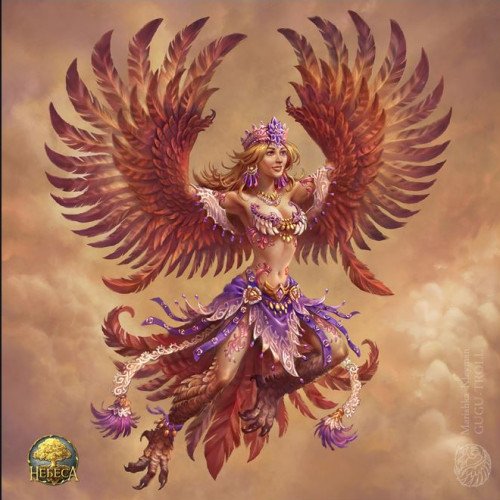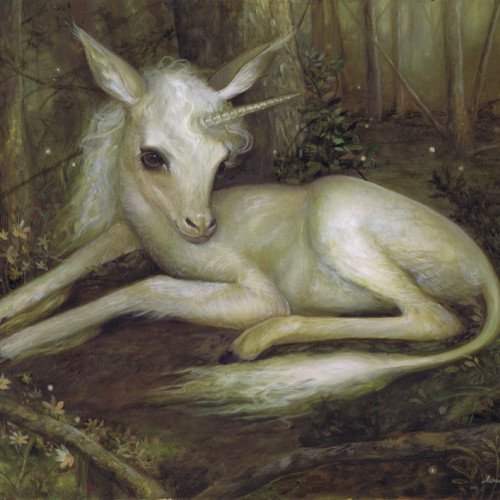Alkonost VS Abath

Alkonost
The Alkonost is, according to Russian mythos and folklore, a woman-headed bird. It makes amazingly beautiful sounds, and those who hear these sounds forget everything they know and want nothing more ever again. She lives in the underworld with her counterpart, the Sirin. The Alkonost lays her eggs on a beach and then rolls them into the sea. When the Alkonost's eggs hatch, a thunderstorm sets in and the sea becomes so rough that it becomes impossible to traverse. She is also the sister of other birds from Slavic mythology, such as Rarog and Stratim.According to folk tales, at the morning of the Apple Feast of the Saviour day, Sirin flies into the apple orchard and cries sadly. In the afternoon, the Alkonost flies to this place, beginning to rejoice and laugh. Alkonost brushes dew from her wings, granting healing powers to all fruits on the tree she is sitting on.The name of the Alkonost came from a Greek demigoddess whose name was Alcyone. In Greek mythology, Alcyone was transformed by the gods into a kingfisher.Alkonost is more likely an individual character, as was noted in some legends about this bird.
Statistics for this Xoptio

Abath
An Abath is a legendary creature resembling a unicorn, first appearing in records in the 16th century. Accounts of the Abath were brought back by 16th-century European travellers to the Malay Peninsula. Described as female, with a single horn growing from its forehead, it is speculated that these were probably the result of a half-glimpsed Javan or Sumatran rhinoceros. Like the unicorn, a powder made from this horn supposedly served both as an aphrodisiac and as an antidote to poison. However, since the unicorn was invariably represented as male, and since there was only ever one in existence at any time, the Abath seems to have developed independently from the European myths of the one-horned creature.